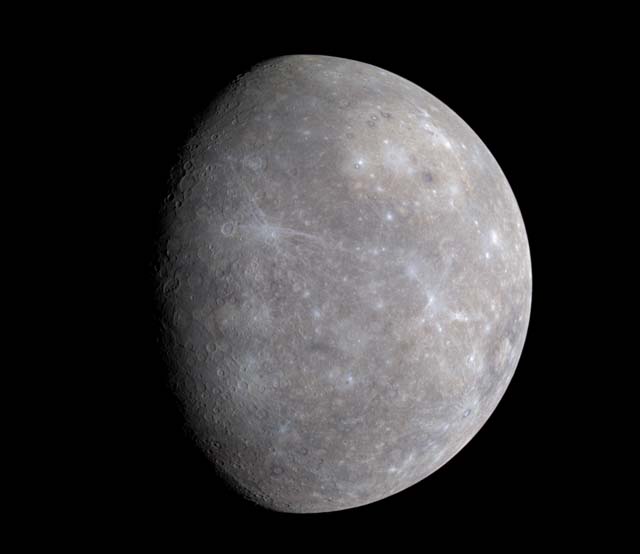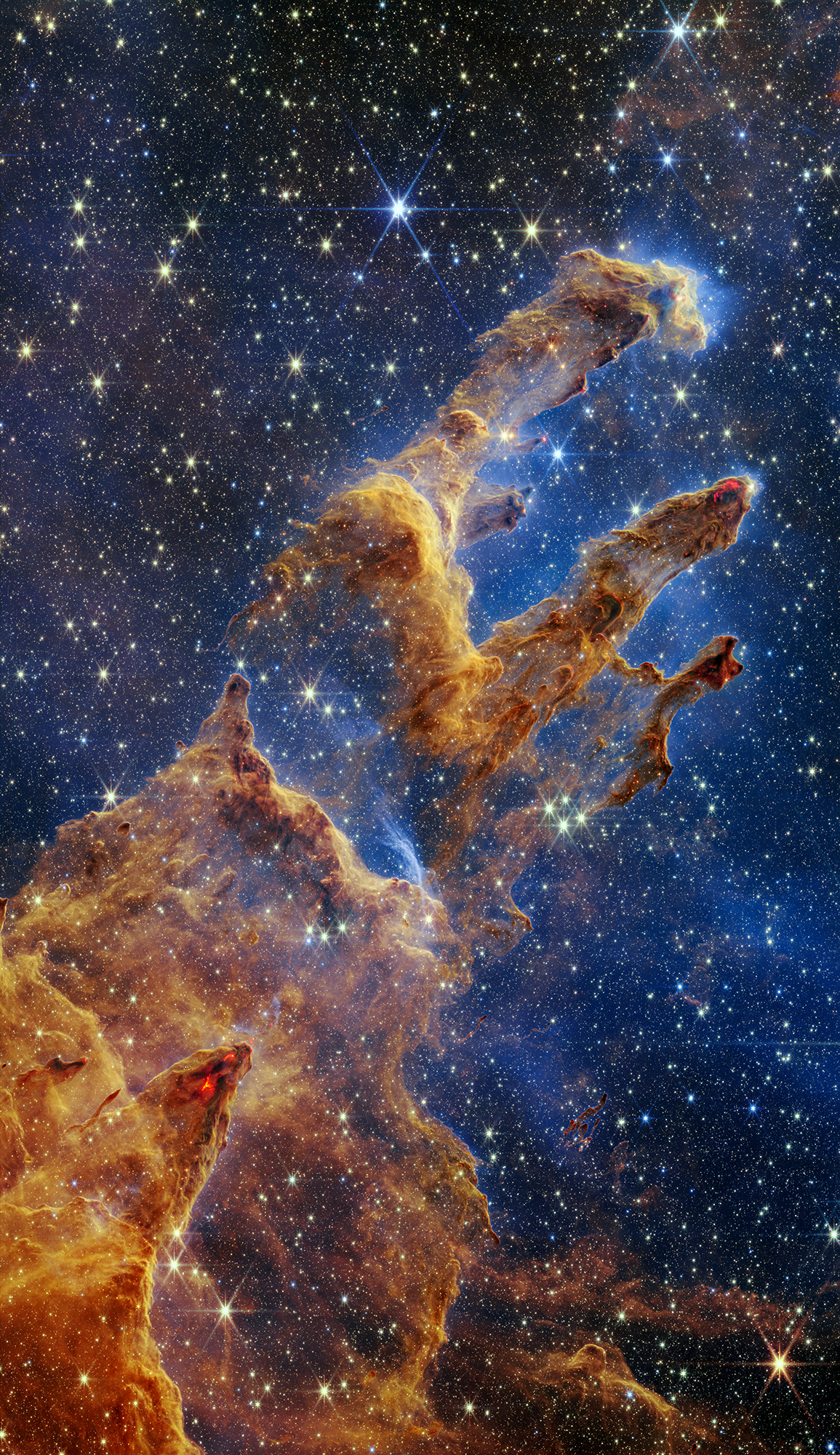I was curious why it’s blue in that pic. The article attached to the pic doesn’t describe the surface color.
This article did, and quick explanation is below. Cool article if you are into the planets.
Unlike all of the other planets in the Solar System, Mercury is just bare rock. It does have a tenuous atmosphere, but ground and space-based observations see just the gray rocky color of Mercury. This gray color comes from Mercury’s molten surface that cooled and hardened billions of years ago...

www.universetoday.com
Mercury’s coloring is very similar to the Earth’s moon. In fact, when you’re looking at images of both objects, it’s very difficult to tell the two objects apart. Unlike the Moon, however, Mercury lacks the darker areas, or “seas”, that were created on the Moon by lava flows. Mercury’s color doesn’t have the variety that even the Moon has.
If you got here not asking what color is Mercury the planet, but what color is Mercury (the element), it’s silver, and a liquid at room temperature.











